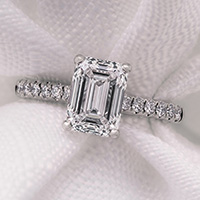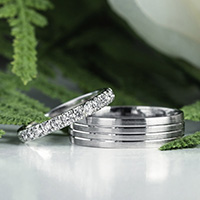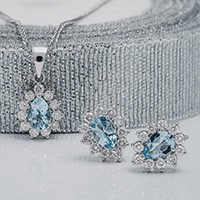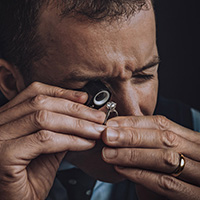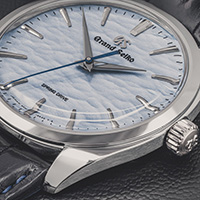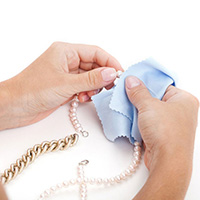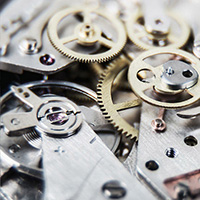- Home/
- Watch Care, Cleaning & Servicing Guide | James Porter & Son
Watch Care Guide
In this guide
The importance of watch care
Although we take it for granted, watches are sophisticated instruments that you wear on your wrist every day. Like jewellery, looking after something as delicate as a watch is important to keep it looking good and keeping time.. Water resistance, material and technical features can all be very different between watch brands.
This is why we advise you to view the operating manual and manufacturer recommendations as well as seeking help from professional jewellers & watchmakers where possible. Having said that, there are plenty of effective care steps you can perform at home to keep your watch working and looking like new.
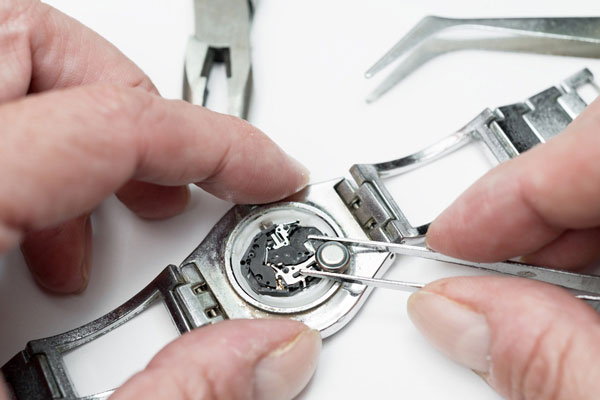
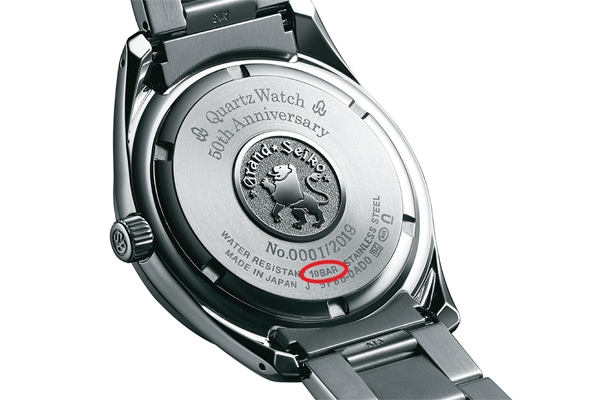
Is my watch water resistant?
On a watch case-back you will often see a reference to its water resistance/waterproof rating shown as ATM, Bar, or written on the dial such as ‘100m’. If a watch does not have this on the case-back it is not water resistant.
ATM is an abbreviation of the word atmospheres, and is the scale used to denote the water resistance of a watch. There are different ATM ratings, but they can be misleading. To provide a rating tests are conducted to measure the water resistance of a watch, but are performed in 100% still water.
In theory 10 atmospheres means the watch can withstand 10 times the pressure at sea level without allowing water in - this is equivalent to being 100m underwater. However, moving water exerts more pressure than still water, so you couldn't safely dive to 100 meters with it a 100M resistant watch.
Swimming at the surface of a swimming pool could subject a watch to 3 atmospheres of pressure but jumping or diving in would add more. Below is a helpful guide to tell you what your watch would be suitable for.
| Water resistance rating | Accidental splashing from washing hands, rain etc. | Showering or swimming | Swimming or snorkelling | Swimming, snorkelling, skin diving | Scuba diving |
|---|---|---|---|---|---|
| 'Water Resistant' or 30m (3bar) | ✔ | No | No | No | No |
| 50m (5 bar) | ✔ | ✔ | No | No | No |
| 100m (10 bar) | ✔ | ✔ | ✔ | No | No |
| 300m (30 bar) | ✔ | ✔ | ✔ | ✔ | No |
| 500m (50 bar) | ✔ | ✔ | ✔ | ✔ | ✔ |
Watch Crystals/Glass
The crystal or glass of a watch can be made of a few different substances so they can wear differently from one another. Certain brands have their own names or special types of crystals they fit to their watches but the most common crystal types are; mineral crystal, sapphire crystal and plexiglass.
- Mineral crystal – probably the most popular of watch crystals. A cost effective hardwearing substance. Mineral crystal can scratch and chip through daily wear and tear just like anything else, but the good news is that it is cheaper to replace than other crystals.
- Sapphire crystal – most commonly found in higher end watches. The sapphire crystal is the least prone to scratching and chipping of any watch crystal, but it is not impossible to do! Sapphire crystal can be repolished when scratched so can last a lifetime.
- Plexiglass – usually found in more vintage/domed style watches. Plexiglass is a light weight plastic which can be scratched but is very unlikely to break due to its added durability.
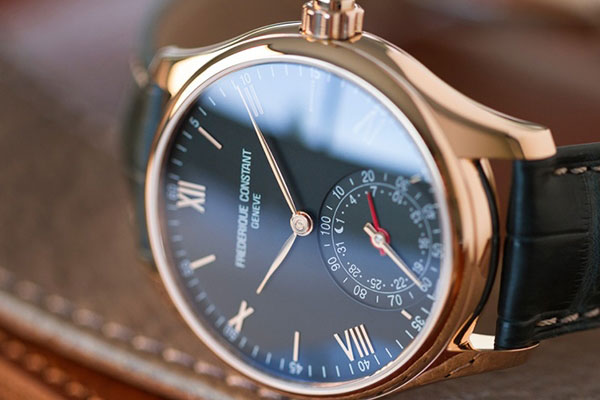
How to clean your watch case
How to clean your watch case
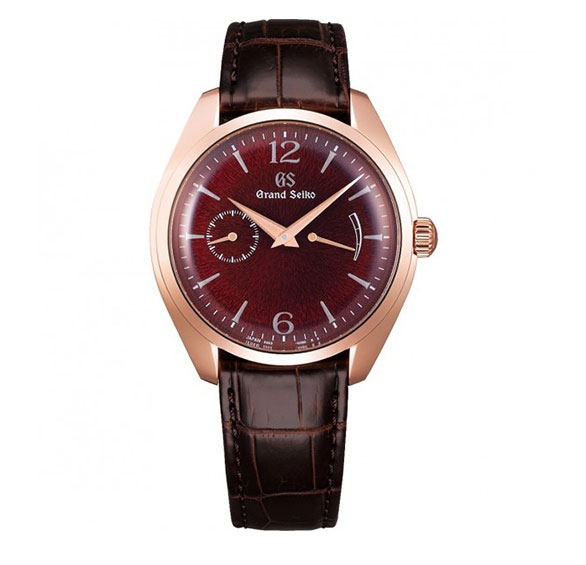
Cleaning Non-water resistant watches
- If your watch isn’t water resistant, avoid exposing it to any type of moisture where possible (including wearing during intense sports).
- Don’t be tempted to take it apart, unless you know what you’re doing. If the dirt is on the inside, seek professional help.
- Clean the case using a combination of cotton buds, lint free cloths and a soft toothbrushes for stubborn dirt.
- For hard to reach areas, a toothpick or bamboo skewer is effective.
- If dry cleaning isn’t doing the job, use a solvent such as ethanol lightly with a cotton bud to shift more persistent dirt and grime - make sure to dry the case thoroughly afterwards.
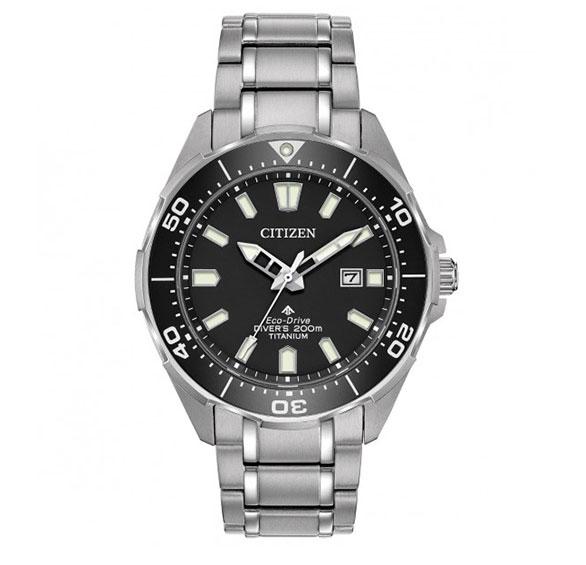
Cleaning water resistant watches
- Cleaning water resistant watches is much simpler because you can use liquids.
- Mild soapy water and a soft toothbrush is the go-to for cleaning just about every water resistant watch.
- If there are any physical components such as a rotating bezel, loosening and gently rotating the bezel is a good idea when you’re cleaning it to dislodge any dirt.
- A cotton bud & soapy water combo is also good for bezels and other nooks and crannies.
- Following the soap with a cold water rinse and a thorough dry-off with a soft, lint-free cloth will have it looking good as new.
- Avoid immersing your watch fully in water if the crown (this is the part you pull out to change the time and date) pulls and pushes back into place. If a watch is designed for swimming or diving, the crown will screw back into place rather than being pushed; this is designed so no water can seep into the mechanism of the watch.
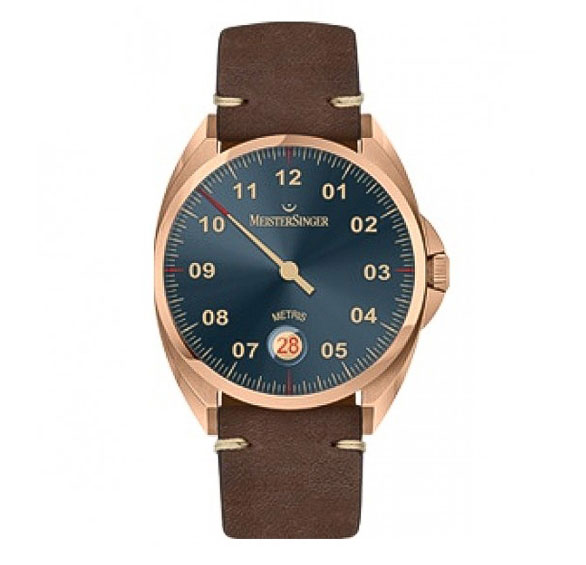
Cleaning Bronze watches
- A number of watch brands have slowly introduced bronze into their watch collections including Meistersinger, Panerai, Zenith, Oris and more. When bronze comes in contact with oxygen it oxidises (much like copper does) and forms a ‘patina,’ which is a thin layer of oxidised tarnish.
- This patina can occur in a number of colours but primarily it’s a light, turquoise shade of green and can often develop to make a piece look very unique. Some people like how the patina looks on bronze, others don’t.
- If your bronze case is already tarnished, clean it very gently avoiding removal of more metal. Clean it with a dry cloth/soft toothbrush to remove light patina. Stubborn tarnishing may require a buffing wheel or polishing pad to remove it.
How to clean your watch strap
How to clean your watch strap
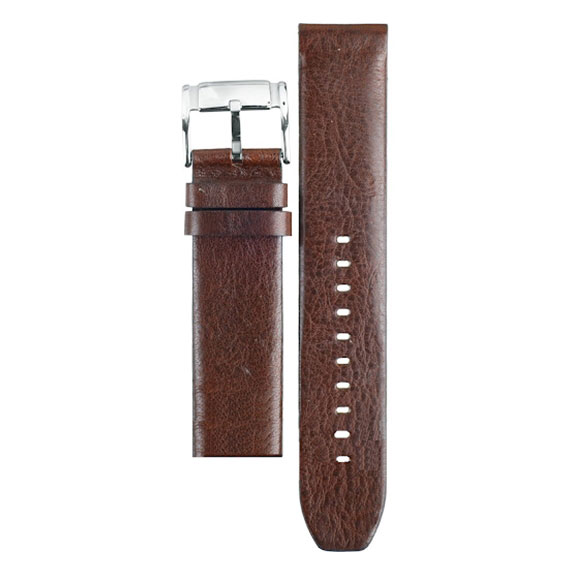
Cleaning leather straps
- Remove the strap.
- Wipe any moisture away from the strap with a dry lint-free cloth.
- Pat down a damp soap and water cloth.
- Add a very small amount of hand moisturizer into the damp cloth and scrub both sides.
- Air dry thoroughly.
- Condition with leather conditioner (if you have any).
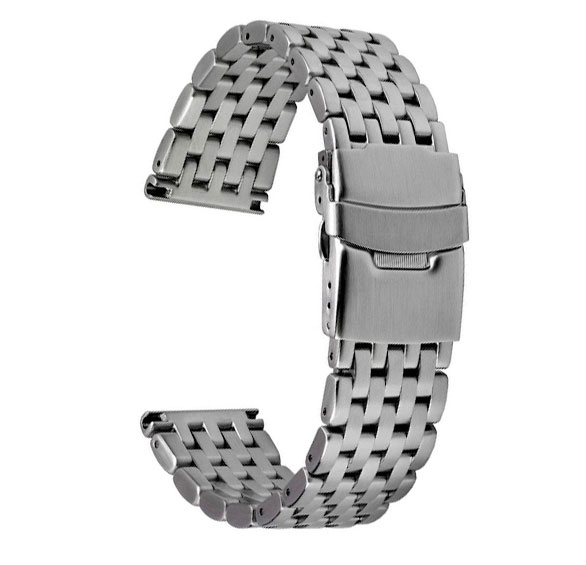
How to clean stainless steel straps
- Remove the strap/bracelet.
- Submerge the strap for an hour in soapy water or rubbing alcohol to loosen any dirt (leave it longer to submerge if especially grimy).
- Scrub the links and clasp with a toothbrush.
- Don’t be tempted to use any chemicals as they may cause skin irritation.
- Dry with a clean cloth and air dry thoroughly.
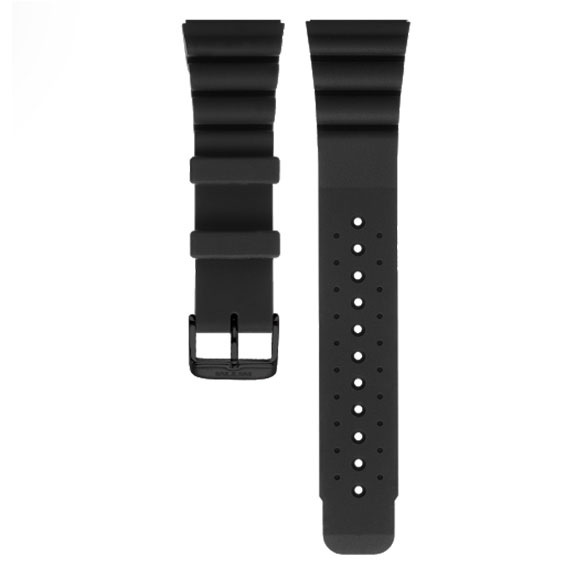
How to clean rubber straps
- Remove the strap.
- Start out with luke-warm soapy water and scrub the strap.
- For persistent grime use something like a magic eraser sponge, rather than turning to chemicals or baby wipes; household cleaning chemicals can reduce the softness of rubber straps.
- Allow to air dry thoroughly.
Battery and Mechanical care
Battery and Mechanical care
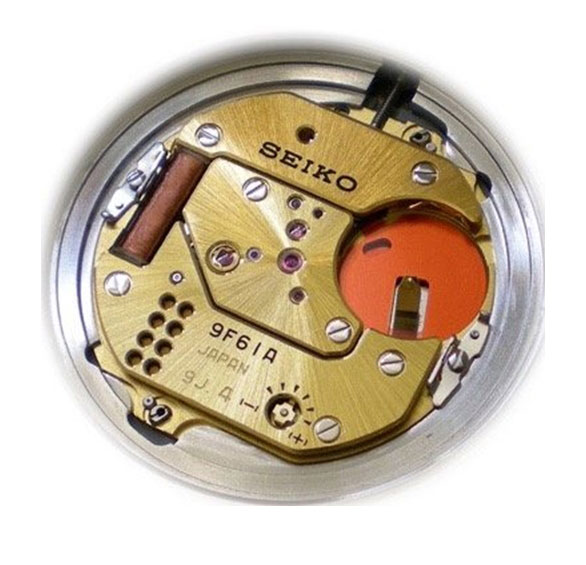
Quartz battery care
- Quartz movement watches require batteries, which usually have a lifespan of around 1-3 years.
- If a watch has more functions, the battery will run out more quickly.
- Some watches will have an indicator function to let you know when the battery is close to running out e.g. the second hand will jump at 5 second intervals rather than ‘tick’ normally.
- We highly recommend taking your watch to a local jeweller for the battery to be replaced to prevent damaging the case.
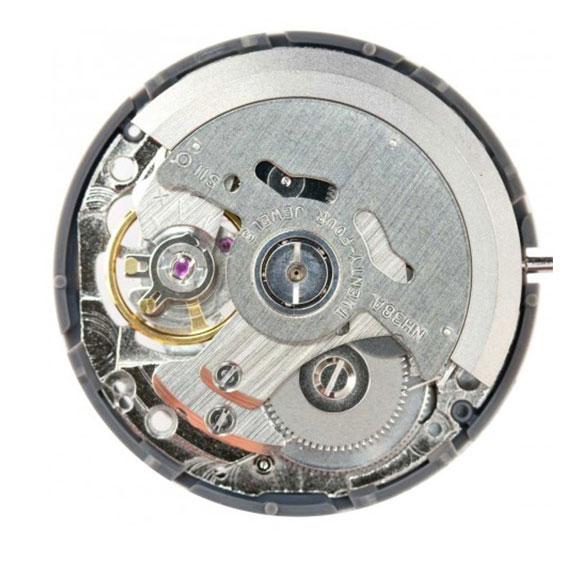
Automatic mechanical care
- The three main enemies of automatic watches are moisture, magnetism and shock.
- Remove the watch before taking a shower even if it is water resistant - high temperatures cause parts to expand which loosens the seals keeping water out.
- Wear it daily to keep the mechanism working and keeping good time.
- The box your watch arrives in isn’t just packaging. Use the box to keep your watch secure when you’re not wearing it.
- If your automatic watch has not been worn for a while it can take up to 48 hours for the mechanism to become fully charged through wear alone. If it is starting and stopping, or keeping inconsistent time, it probably just needs to be fully charged.

Hand-wound mechanical care
- Wind regularly (every day) but never overwind - stop when you feel resistance or you may break the spring.
- Always wind off the wrist, otherwise you risk exerting undue stress on the winding stem (the most common breakage).
- Avoid jolting your wrist with sports like golf and tennis.
- Avoid leaving the watch near electronics such as televisions, iPads, microwaves, speakers etc.
Watch Servicing
- A good watch is an investment, and so we recommend regular servicing to maintain all the moving parts and ensure your timepiece will keep working at it’s best, and become an heirloom to pass down through generations.
- You should schedule a maintenance service every few years, although that is dependent on the model and your personal use. Servicing a quartz movement will generally involve replacing most internal parts as well as the battery to get it back to pristine working condition.
- For automatic and mechanical wind watches a service will generally involve replacing the crown, gaskets, and a general quality check of all the moving parts, replacing any that are worn or cause the movement to run slowly.
- Most service centres will only maintain the internal movements when it comes to servicing. Glass, straps and casing are not generally covered so, if any of this needs work, it will be in addition to the standard service. Straps, bracelets and glass won’t be covered by a service or any warranty.
- We recommend a full service every 5 years on average - again, you may feel this needs to be more often. The more in-depth service will include all of the above, as well as the movement undergoing a full dismantling, cleaning, oiling, recalibrating and reassembly. This may sound extreme, but when you consider that over those 5 years, the minute hand will travel over 5000 miles round the dial, a full tune-up will ensure it will keep ticking for the next 5000!
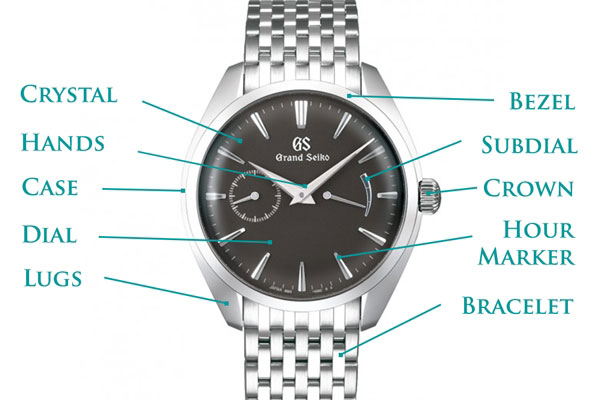
Things to avoid
Things to avoid
Prolonged sunlight exposure can affect battery life and fade colours, and so when your watch is not on your wrist, make sure it is kept in its box away from direct light sources.
Extreme temperatures (over 60°C and under 0°C) can cause major damage to the mechanisms.
Chemicals such as perfumes, detergents, cosmetics and solvents (can tarnish metal and damage leather).
Although some watches have some impact resistance, knocks and bumps can still damage the delicate mechanisms and case.
Magnetism - magnetic fields can affect how well your watch keeps time, making it run fast, slow, or stop completely. Magnetic fields are given off by electronic equipment such as computers, smartphones, and speakers, as well and fridge magnets and handbag clasps.
Frequently asked questions
Frequently asked questions
Can you help with watch parts?
For all our brands listed on our website, we keep up-to-date repair price lists, and so can easily quote for parts and services in store. For vintage models or for brands we don’t stock, we can send off for estimates for repair work required.
Do you provide a guarantee?
James Porter & Son are an authorized dealer for all brands stocked so any repairs come with a certificate of workmanship and a new guarantee period of any repairs carried out on our behalf.
Can you help with pressure testing?
In store we can fit replacement batteries. We cannot carry out pressure testing, so we only work on watches that do not require being resealed for immersing in water. For utility watches like G-shock, Seiko Prospex, and Luminox we always advise returning these to the authorised service centres to have the proper pressure testing carried out.
Do you stock replacement watch straps?
For replacement straps, we keep a stock in store in various colours and sizes. For branded straps we can replace and fit in store.
Get in touch
Get in touch
Contact us by phone at 0141 221 5855 or by email at [email protected]. We love our work and will be happy to help you with your query, we can also book a convenient time for a consultation to find the exactly what you need..
 Back to top
Back to top
 Basket
Basket





 0141 221 5855
0141 221 5855 Send us an email
Send us an email






 Secure payment methods
Secure payment methods


